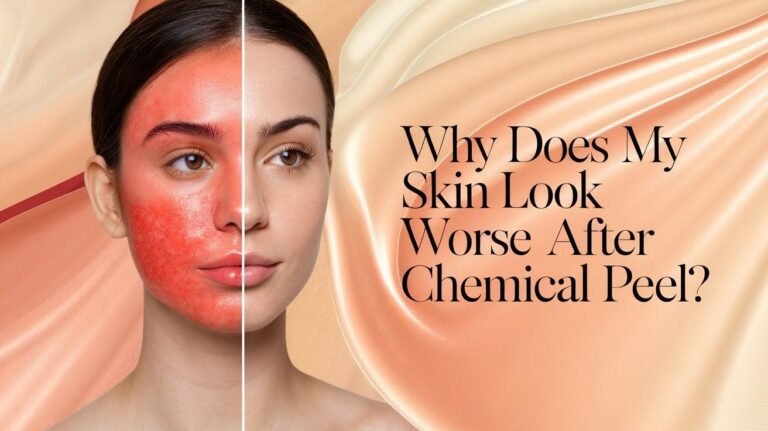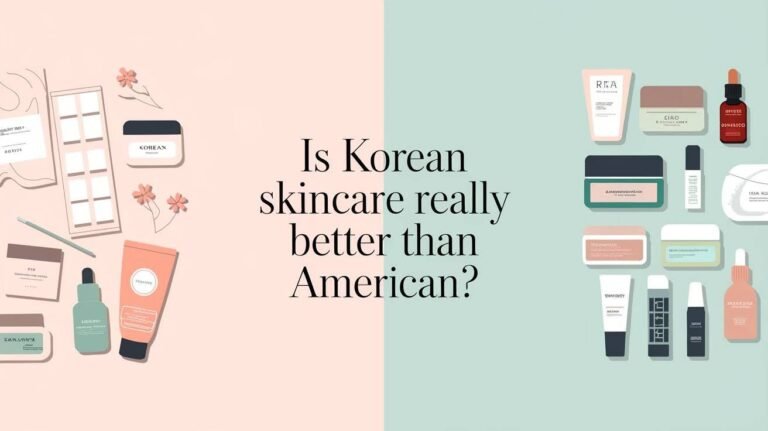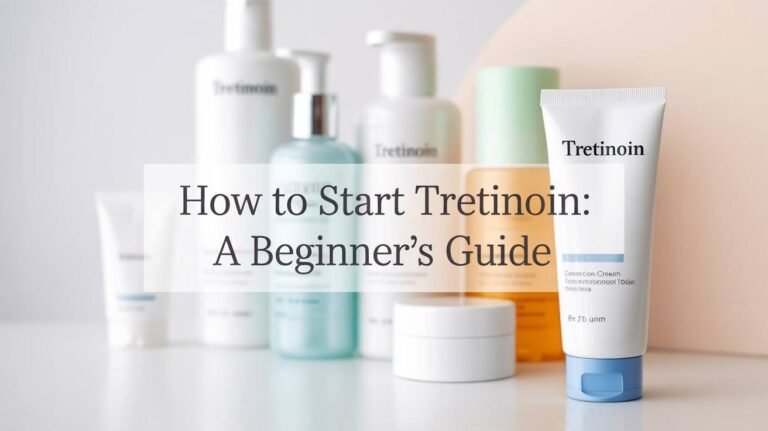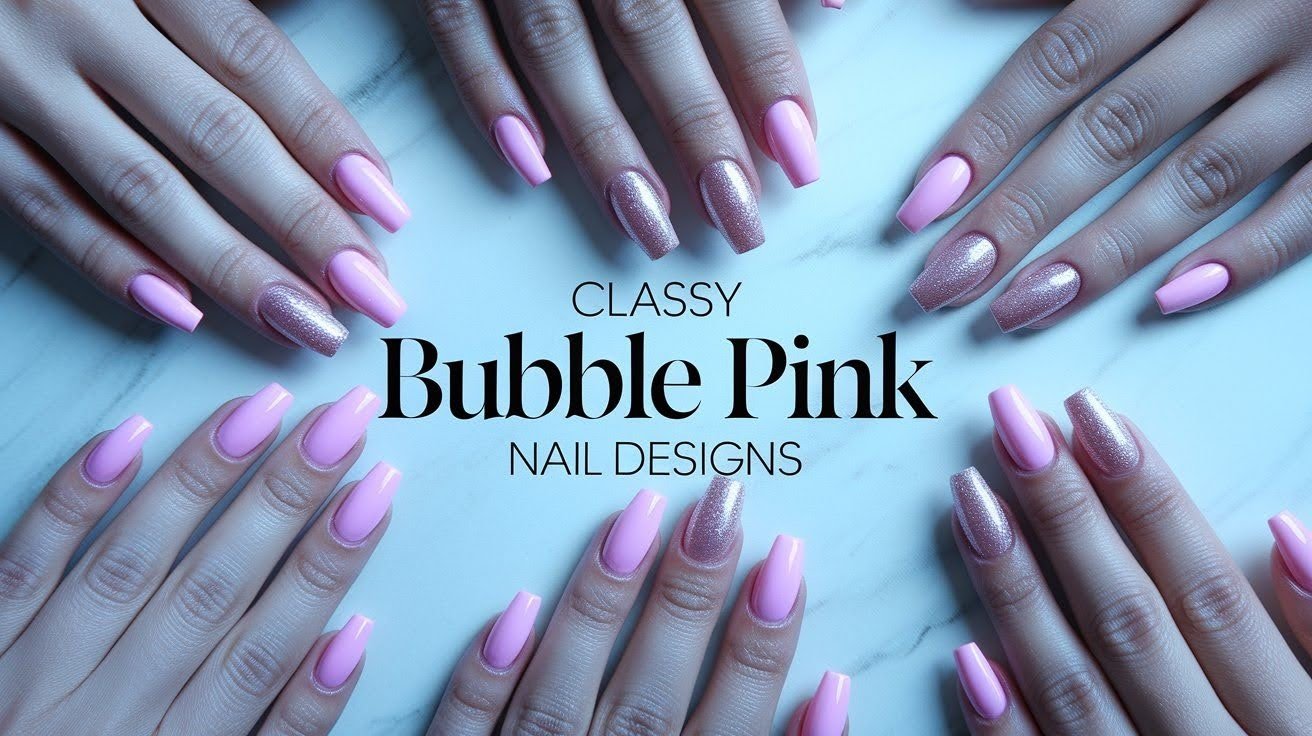Benzoyl Peroxide and Vitamin C: Safe or Harmful?

Benzoyl peroxide and vitamin C stand among today’s most sought-after skincare ingredients, each offering distinct benefits for achieving clearer, healthier skin.
Benzoyl peroxide excels at fighting acne-causing bacteria and reducing breakouts, while vitamin C provides powerful antioxidant protection and brightens complexion. Both ingredients have earned their place in countless skincare routines worldwide.
However, combining these two potent activities requires thoughtful planning and proper understanding.
Their chemical properties can interact in ways that may reduce effectiveness or cause skin irritation. Many skincare enthusiasts wonder if they can safely use both ingredients together, and the answer involves timing, concentration levels, and individual skin sensitivity.
Understanding how to properly incorporate both into your routine ensures maximum benefits while minimizing potential adverse reactions.
Understanding Benzoyl Peroxide and Vitamin C

Learn how these two popular skincare ingredients work differently to treat acne and provide anti-aging benefits.
What Is Benzoyl Peroxide?
Benzoyl peroxide is an antimicrobial agent that fights acne by killing bacteria and clearing clogged pores.
It releases oxygen into follicles, creating an environment where acne-causing bacteria cannot thrive. Available in 2.5% to 10% concentrations, it effectively treats inflammatory breakouts.
Common side effects include dryness, redness, peeling, and irritation, particularly when first starting treatment. These reactions usually decrease as skin adjusts to the ingredient.
What Does Vitamin C Do for Skin?
Vitamin C acts as a powerful antioxidant, protecting skin from free radical damage and environmental stressors. It brightens complexion by reducing melanin production, helping fade dark spots and creating more even skin tone.
This essential nutrient also boosts collagen production, improving skin firmness and reducing fine lines. Regular use results in healthier, more radiant skin with better texture and reduced signs of aging.
Why Mixing Benzoyl Peroxide and Vitamin C Can Be Risky

Combining these active ingredients creates chemical conflicts that reduce benefits and increase irritation potential.
Chemical Reaction Between the Two
When benzoyl peroxide and vitamin C come into contact, they create an oxidative reaction that neutralizes both ingredients. Benzoyl peroxide’s oxidizing properties break down vitamin C’s molecular structure, rendering the antioxidant ineffective before it can provide skin benefits.
This chemical interaction means applying both simultaneously wastes product and money while delivering minimal results. The vitamin C becomes unstable and loses its brightening and anti-aging properties, while benzoyl peroxide may also experience reduced antimicrobial effectiveness.
Irritation and Sensitivity Risks
Using both ingredients together significantly increases the likelihood of skin irritation. The combination can cause intense redness, burning sensations, excessive dryness, and peeling that goes beyond normal adjustment periods.
Sensitive skin types face heightened risks, as their protective barrier is already compromised. The dual action of both actives can overwhelm delicate skin, leading to contact dermatitis, prolonged inflammation, or damaged moisture barriers. Even those with resilient skin may experience unexpected reactions when combining these potent ingredients without proper spacing.
How to Use Benzoyl Peroxide and Vitamin C Safely

Proper timing and application methods allow you to enjoy both ingredients’ benefits without harmful interactions.
Best Time to Apply Each
The most effective approach involves separating these ingredients by time of day.
Apply vitamin C during your morning routine to maximize its antioxidant protection against daily environmental damage and UV exposure.
The ingredient works synergistically with sunscreen to provide comprehensive defense.
Reserve benzoyl peroxide for nighttime application when your skin can focus on repair and renewal.
Evening use allows the antimicrobial agent to work uninterrupted while you sleep, targeting acne-causing bacteria without interference from other actives or environmental factors.
Tips to Prevent Irritation
- Begin with the lowest available concentrations of both ingredients to allow your skin time to build tolerance.
- Start with 2.5% benzoyl peroxide and stable vitamin C formulations around 10-15% strength.
- Always follow each active ingredient with a gentle, hydrating moisturizer to restore the skin barrier.
- Monitor your skin closely for signs of stress including persistent redness, burning, unusual dryness, or increased sensitivity.
- If irritation occurs, reduce frequency or concentration until symptoms subside.
Alternative Ingredients to Pair with Vitamin C

Consider these compatible options that work well with vitamin C for acne treatment and overall skin health.
Niacinamide
Niacinamide offers a gentle yet effective alternative for acne-prone skin without the harsh side effects of benzoyl peroxide. This form of vitamin B3 reduces sebum production, minimizes pore appearance, and calms inflammation while maintaining skin barrier function.
Unlike benzoyl peroxide, niacinamide can be safely combined with vitamin C in the same routine. Both ingredients complement each other, with niacinamide providing oil control and anti-inflammatory benefits while vitamin C delivers antioxidant protection and brightening effects.
Retinol
Retinol serves as an excellent nighttime companion to morning vitamin C application. This vitamin A derivative accelerates cell turnover, helping clear clogged pores and reduce acne formation while promoting smoother skin texture.
Use retinol on alternate nights to support gradual skin renewal and acne prevention. This alternating schedule prevents over-exfoliation while allowing both ingredients to work effectively.
Start with low-strength retinol products and gradually increase frequency as your skin builds tolerance to avoid irritation.
Final Thoughts
While both benzoyl peroxide and vitamin C offer significant skincare benefits, combining them directly compromises their effectiveness and increases irritation risks.
The chemical interaction between these ingredients neutralizes their potency, making simultaneous use counterproductive for your skin goals.
Success lies in strategic timing-use vitamin C in your morning routine and reserve benzoyl peroxide for nighttime application. This separation allows each ingredient to work optimally without interference.
Alternatively, consider gentler combinations like pairing vitamin C with niacinamide or using retinol on alternate nights.
Remember that your skin’s individual response should always guide your routine choices.
Pay attention to signs of irritation, start with lower concentrations, and adjust frequency based on tolerance levels. With proper planning and patience, you can safely incorporate both ingredients for clearer, healthier skin.
Frequently Asked Questions
Can I use benzoyl peroxide and vitamin C together?
No, using them simultaneously causes a chemical reaction that neutralizes both ingredients’ effectiveness. It’s best to separate their application by using vitamin C in the morning and benzoyl peroxide at night.
What happens when benzoyl peroxide and vitamin C mix?
Benzoyl peroxide oxidizes vitamin C, breaking down its molecular structure and rendering it ineffective. This reaction also increases the risk of skin irritation and burning sensations.
How long should I wait between applying these ingredients?
Apply them at different times of day rather than waiting between applications. Use vitamin C during your morning routine and benzoyl peroxide in your evening skincare regimen.
What are safer alternatives to combining these ingredients?
Consider pairing vitamin C with niacinamide for gentle acne control, or use retinol on alternate nights. These combinations provide similar benefits without the harmful interactions.
How do I know if my skin is reacting badly to these ingredients?
Watch for excessive redness, burning, persistent dryness, or increased sensitivity beyond normal adjustment periods. If these symptoms occur, reduce frequency or concentration until your skin recovers.










